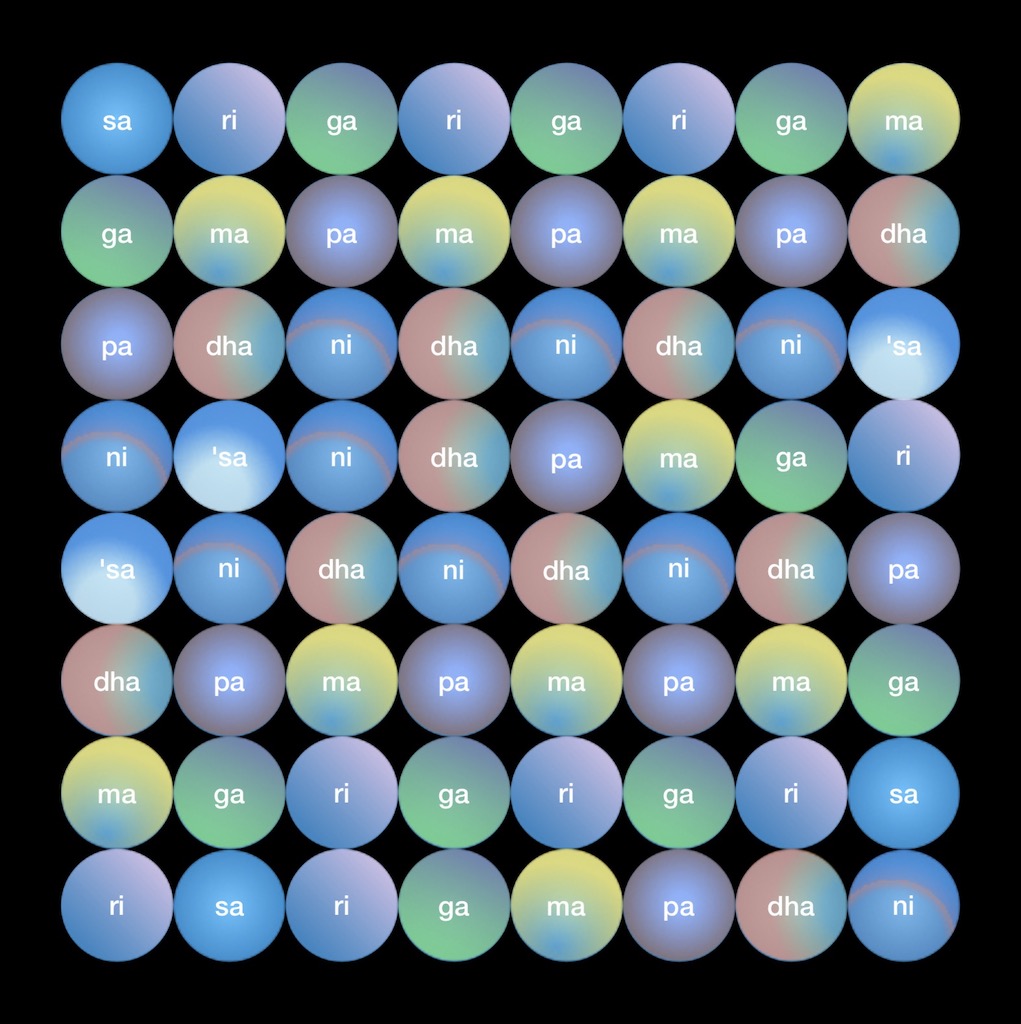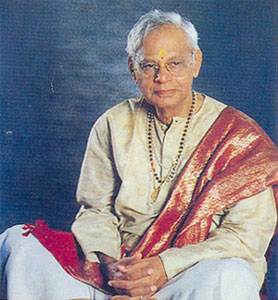
Source © Wikimedia – view or download this illustration in full size here:
Choral Vocal Ranges – Piano – Guitar Staff and Fret-board >>
By choosing an octave based on G# or A for basic “Sa”, all types of voice will be able to join in comfortably.
This is demonstrated by a noted singer and vocal guru, Dr. Nookala Chinnasatyanarana: for this audio lesson1 he chose G# as basic “sa” to enable male and female voices to practice together; and this without unnecessary strain even when repeating a given exercise many times:
(2 min. recorded from Eswar digital tanpura)
Repetition with scope for expressive variation is, of course, the very idea behind getting into the flow: “Pursuing flow through learning is more humane, natural, and very likely more effective way to marshal emotions in the service of education. […] Whether it be in controlling impulse and putting off gratification, regulating our moods, so they facilitate rather than impede thinking, motivating ourselves to persist and try, try again in the face of setbacks, or finding ways to enter flow, and so perform more effectively–all bespeak the power of emotion to guide effective effort”.2
A simple way of testing such insights is to practice raga Sankarabharanam (with G# as basic “sa” as heard above):

Note: this pattern may be applied to
any melakarta raga (Hindustani that) | Learn more >>
